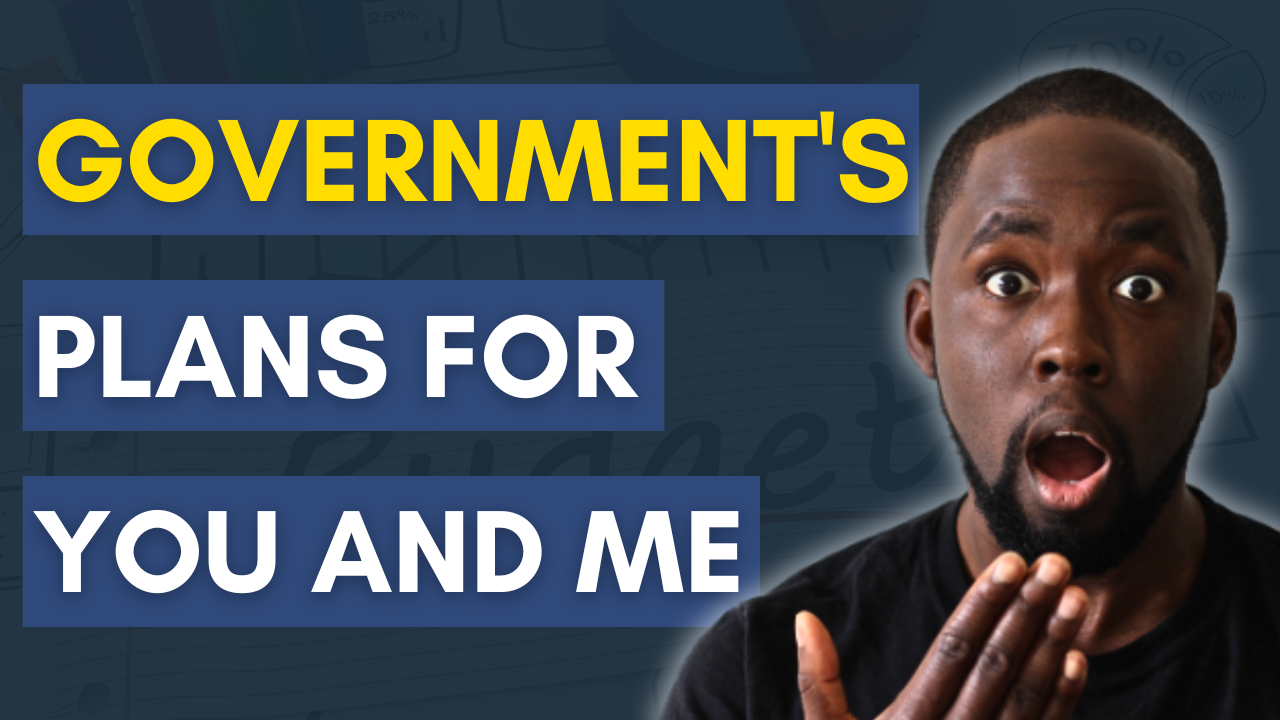The UK Spring Budget: What the Government is Planning for Your Future (2025) – A Consultant’s Perspective
Is this a budget built for working people or a fiscal formula trying to tick boxes?
That’s the question I’ve been asking myself ever since Chancellor Rachel Reeves delivered the Spring Budget 2025. As someone who operates in the trenches of public sector transformation and supports others in their move into independent consulting, I couldn’t help but analyse this budget through a different lens, one grounded in practical insight rather than political fanfare.
In this breakdown, I want to go beyond the headlines and help you understand what this budget really means, for professionals, aspiring contractors, and the UK’s wider economic health.
1. Fiscal Rules: Sensible Framework or Strategic Straitjacket?
Reeves outlined two key fiscal rules: the Stability Rule, which mandates that day-to-day spending be funded entirely by tax revenue by 2029–30, and the Investment Rule, which requires net debt to fall as a percentage of GDP.
From a governance standpoint, these rules make sense. But let’s not forget: the UK can issue its own currency. There’s a strong school of thought, Modern Monetary Theory, for instance, that challenges the very premise of national debt when you control your own money supply.
My PAR Insight
- Problem: Rising global borrowing costs and economic uncertainty
- Action: Introduce fiscal rules and apply budgetary restraint
- Result: Claimed surplus of £9.9bn by 2029–30
That’s great on paper. But the real question is: Are we leading with policy that fits these rules, or shaping the country’s direction in spite of them?
2. Defence Spending: Economic Stimulation or a Strategic Gamble?
One of the biggest commitments in the budget was defence. The UK will raise spending to 2.5% of GDP by 2027, and Reeves committed an immediate £2.2bn next year, plus a £400m Defence Innovation Fund for AI, drones, and advanced manufacturing.
This is significant, not just for national security, but for jobs and contracts. And surprisingly, small businesses and contractors were specifically mentioned as part of the opportunity.
As someone who’s been involved in programme management across the public sector, I know these shifts create procurement pathways. But let’s not be naive, this level of investment usually signals long-term geopolitical repositioning. So while the economic opportunity is real, so is the risk. Are we investing to protect, or to prepare for something more?
3. “Working People” in Focus, But Who Really Benefits?
The phrase “working people” was the most-used expression in Reeves’ speech. But who counts as working?
Let’s break it down.
- Universal Credit standard allowance will rise from £92 to £106 by 2029–30.
- The health-related element for new claimants will be cut by 50% and then frozen.
- There’s a £1bn investment in employment support, and £400m to Job Centre infrastructure.
The message is clear: get people back to work. But at what cost?
There are real people behind these numbers, those with mental health conditions, chronic illness, or neurodivergent traits. Some can work with the right support, but not everyone can bounce back on demand.
In my coaching experience, the system isn’t equipped for portfolio careers, freelance consulting, or even unconventional employment paths. So will Job Centres and DWP officers be equipped to advise on that nuance?
4. Housing and Planning Reform: Hope, or Hype?
The OBR scored Reeves’ planning reforms as delivering the biggest non-fiscal GDP boost in its history, 0.4% of GDP by 2034.
That’s tied to commitments to:
- Build 305,000 homes per year by the end of the forecast period
- Deliver 1.3 million homes over five years, edging toward the manifesto pledge of 1.5 million
- Inject £2bn into affordable housing and train 60,000 construction workers
This looks promising. Housing is a clear area where state-led stimulus can deliver real economic activity.
But we’ve heard big housing pledges before. The operational reality, planning delays, skills shortages, infrastructure friction, could easily knock these numbers off track. I’ve worked in programmes where governance and policy ambition vastly outweighed delivery capability. So we’ll need to watch this one closely.
5. AI and Public Sector “Lean-ification”: What Happens to the People?
£3.25bn is being injected into a Transformation Fund to modernise public services using AI and new tech. Departments like Justice will pilot digital reforms, while other civil service areas face Voluntary Exit Schemes to reduce headcount.
Here’s the paradox:
- The government wants more people in work
- But it’s also funding tech that reduces the need for workers
I’ve said it before, we’re moving toward a leaner, tech-enabled state. That can be powerful. But the question remains: what happens to the thousands of skilled workers being transitioned out?
As someone helping people build portfolio careers, I know how unprepared many are for that shift. Without proper support, many risk falling into economic limbo.
Bonus Insight: The Reality of “Efficiency Gains”
Reeves’ budget balances the books not just through tax but through cuts and “efficiencies”.
- A cut to international aid frees up £2.6bn
- NHS England as an arms-length body will be abolished
- Departmental operating budgets are being slashed by up to 15%
- The Department for Work and Pensions (DWP) savings are projected at £3.4bn
Yes, this creates headroom. But it also creates risk. If you’re trying to grow an economy while shrinking its operational capacity, something has to give.
Final Reflections: Will This Budget Change Your Life?
Rachel Reeves promises that working people will be £500 better off per year by 2029–30. The OBR confirms that real disposable household income will rise. But let me ask:
- Will that be true for you?
- Will your mental, physical, and financial well-being improve?
- Will the reforms help you secure meaningful, sustainable work, or make it harder?
The budget feels like a tightrope act. Yes, there’s intent to invest, to grow, to modernise. But there’s also an unmistakable effort to force everything into a tight fiscal mould.
As a programme management consultant, I’ve seen how this type of tightening, with true customer insights, often buckles under delivery constraints. And as someone helping people build purpose-led careers, I know that real change comes not just from the government but from people taking charge of their journey.
What’s Next for You?
The 2025 UK Spring Budget brings both challenges and opportunities. The key to thriving in this new economic landscape is strategic adaptation, whether that means refining your tax approach, securing growth funding, upskilling, or aligning with sustainability initiatives.
The question is: How will you position yourself to benefit from these changes?
So here’s my call to you: Reflect not just on what the budget says, but on what it means for your path ahead. In this economic climate, clarity, adaptability, and confidence are your greatest assets.
Stay vigilant my friend! Until next time…
Feel free to shoot me an email or connect with me to discuss how we can navigate these shifts together. Let’s keep the conversation going.
And remember always: Understand, reach, and expand. Peace.







